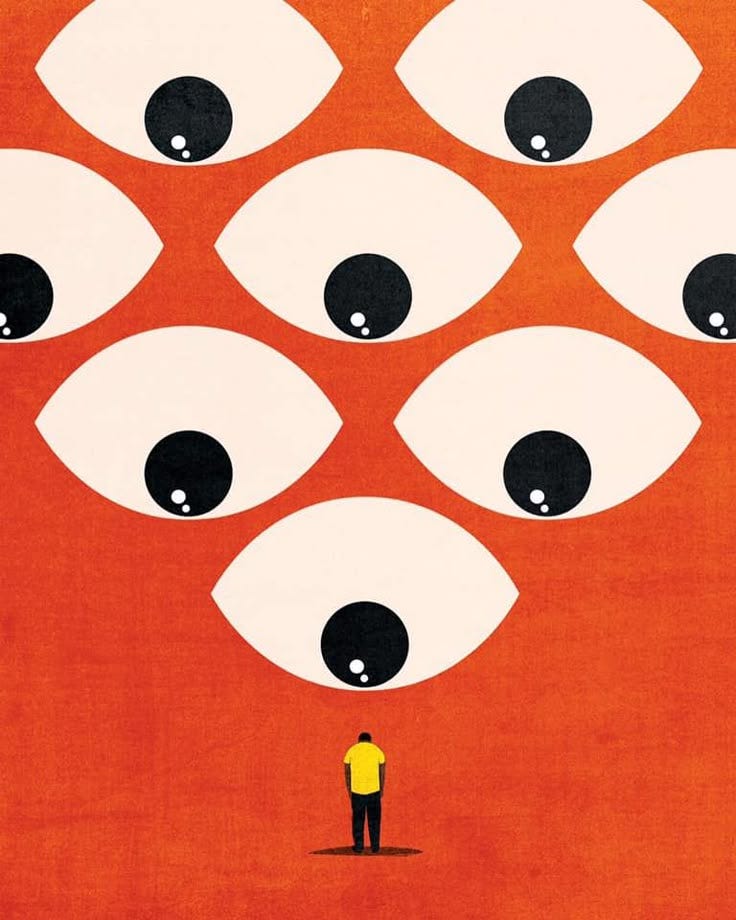The AI buzz spans the emotional spectrum, and it’s easy to absorb the noise. I do not believe everyone is building with total humanity1 in mind. I also believe many people are fighting for our greater good2.

As I research questions, I feel it necessary to choose and explain the perspective from which I write. There are people who want AI to stop3. I don’t think that’s realistic, as the systems we live in — here in America — rewards innovation above safety, and individual benefit over collectivist welfare. So, I will take a seat on the other side.
I acknowledge where we are in history, while keeping a zoomed-out perspective observing and anticipating where we’re going, leaning on character in difficult moments while maintaining faith in the macro. Speaking from an alarmist voice is not my style. What I do urge is responsibility as we navigate this uncertain reality.
Author Adam Grant in his book Hidden Potential4 says,
It’s more important to be good ancestors than dutiful descendants. Too many people spend their lives being custodians of the past instead of stewards of the future. We worry about making our parents proud when we should be focused on making our children proud. The responsibility of each generation is not to please our predecessors—it’s to improve conditions for our successors.
After reading this, I realized that acting as a good ancestor and focusing on improving our conditions for our successors is the position I will take as a writer and designer. This stance requires vigilance of the risk ahead and ownership of what follows my creations.
As designers, it’s easy to shirk responsibility when final results do not match our blueprints, when developers do not honor design systems, or when users don’t understand our features. Creating products with AI has raised the stakes of our work, and taking responsibility for what we create together is how we can guide its impact. This can look like participating in more decisions, being hands-on in how models interact with users, staying updated on risks and dangers, and building necessary partnerships to make sure our teams understand what care looks like.
At a time like this, we designers have the opportunity to exercise our strengths in vision, empathy, and taste to guide strategy and decisions that encourage thoughtful, human-centered experience.
Why stay in the cabin ranting about how insane this all is? Wouldn’t you rather take the helm and guide the ship to safety?
If you’re the latter, let’s build together—because we need more designers at the front.
Here’s a State of AI in Design report by Foundation Capital to start you off. The insights, overview, and calls-to-action are more than enough to energize me in design’s role in all of this.
—Caroline
Journalist Karen Hao on the Hard Fork podcast shares how generative AI’s computational infrastructure, like data centers like Latin America, impact economic stability (huge increase in temporary construction jobs), access to drinking water (Uruguay), and resource extraction (lithium in Chile). She released a book called The Empire of AI: Dreams and Nightmares in Sam Altman’s OpenAI. She’s speaking with Stanford’s HAI org this Thursday.
All Tech Is Human ethics organization is one of many ethics organizations providing a wide range of tools and events.
StopAI.info protest organization.
Adam Grant’s Hidden Potential, Page 149-150. That quote followed a story about the Golden Thirteen, the Navy’s first Black recruits (assembled 1944) who excelled across all measures despite the circumstance, prejudice, and low expectations. They found purpose in fighting for others as they bootstrapped their growth and paved new paths for others.




Thank you for sharing this beautiful and poetic perspective on AI as a good ancestor. It’s a position that deeply resonates with me and one I hope to embody in my own work as well.